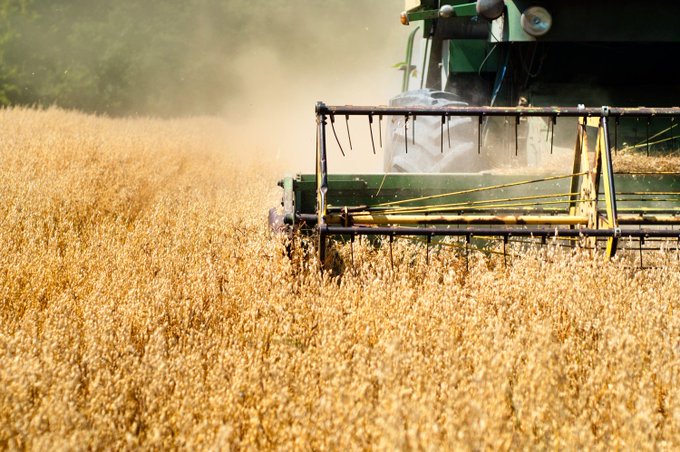By Arvin Donley
LONDON, ENGLAND — Total grains trade is forecast to reach an all-time high of 375 million tonnes in 2019-20, up 3% from last year, according to supply and demand forecasts presented at the International Grains Council (IGC) 50th Council Session on Dec. 3.
The IGC put total grains (wheat and coarse grains) production in 2019-20 at 2.1 billion tonnes, up 1% year-on-year (y/y) as bigger crops of wheat and barley were seen outweighing a decline for maize. Total grains consumption was predicted to climb to a new high of 2.188 billion tonnes, also up 1% y/y.
Global grain stocks were projected to contract by 26 million tonnes to a five-year low of 594 million, entirely because of a drop in maize inventories.
Global rapeseed area was tentatively seen up by nearly 3% y/y, including gains in the E.U. and the Black Sea region.
Global rice production was predicted broadly steady y/y in 2019-20 as smaller crops in India and China were seen being offset by gains elsewhere. Accumulation in leading producers could see inventories reach a new peak. After declining in the prior year, trade was projected to rebound, but stay below past highs.
As the smallest U.S. harvest in six seasons was expected to be only partially offset by larger outturns elsewhere, including in Brazil, global soybean production in 2019-20 was tentatively seen contracting by 5% y/y, to 341 million tonnes. Consumption was predicted at a new high but, at 2%, y/y growth would pale in comparison to earlier periods.
Mostly due to a drawdown in the United States, carryovers were predicted to contract by one-third y/y, to 35 million tonnes. With bigger deliveries to China and a host of other markets offsetting smaller shipments to South America, trade was seen little-changed y/y, at 151 million tonnes.
The Secretariat updated the Council on its ongoing projects:
Rice: the Council supported the work being done on the Africa Delivered Price Tool for rice, which identifies the most commonly imported types of rice, as well as their points of origin and arrival ports, to generate an index that specifically reflects the costs of trading rice into Africa.
Pulses: Members discussed the latest developments in the global pulses market and the Secretariat’s 2019-20 work program, which includes setting up of a pulses supply and demand balance database for key producing/exporting countries (dry peas, chickpeas, lentils), which would be available by July 2020. Members also approved the signing of a Memorandum of Understanding between the IGC and the Global Pulse Confederation (GPC).
Cost of trade in grains/oilseeds: The Secretariat, which currently calculates over 450 daily cost and freight prices for 17 commodity types across 200 grains/oilseeds routes, is working on incorporating information on import tariffs for grains and soybeans into the interactive web-based tool, including data from the WTO’s Integrated Database and Consolidated Tariff Schedules.
On Dec. 4, delegates attended a grains forum co-organized by the IGC and Canada titled “Impact of precision breeding innovations on the grains trade.” The IGC’s members and representatives from the grains value chain exchanged information on the latest precision breeding techniques and reviewed how different regulations in countries could impact global grains trade and investment.
The forum discussed ways to work together to minimize potential trade issues resulting from the different regulations.
Source: World -Grain






